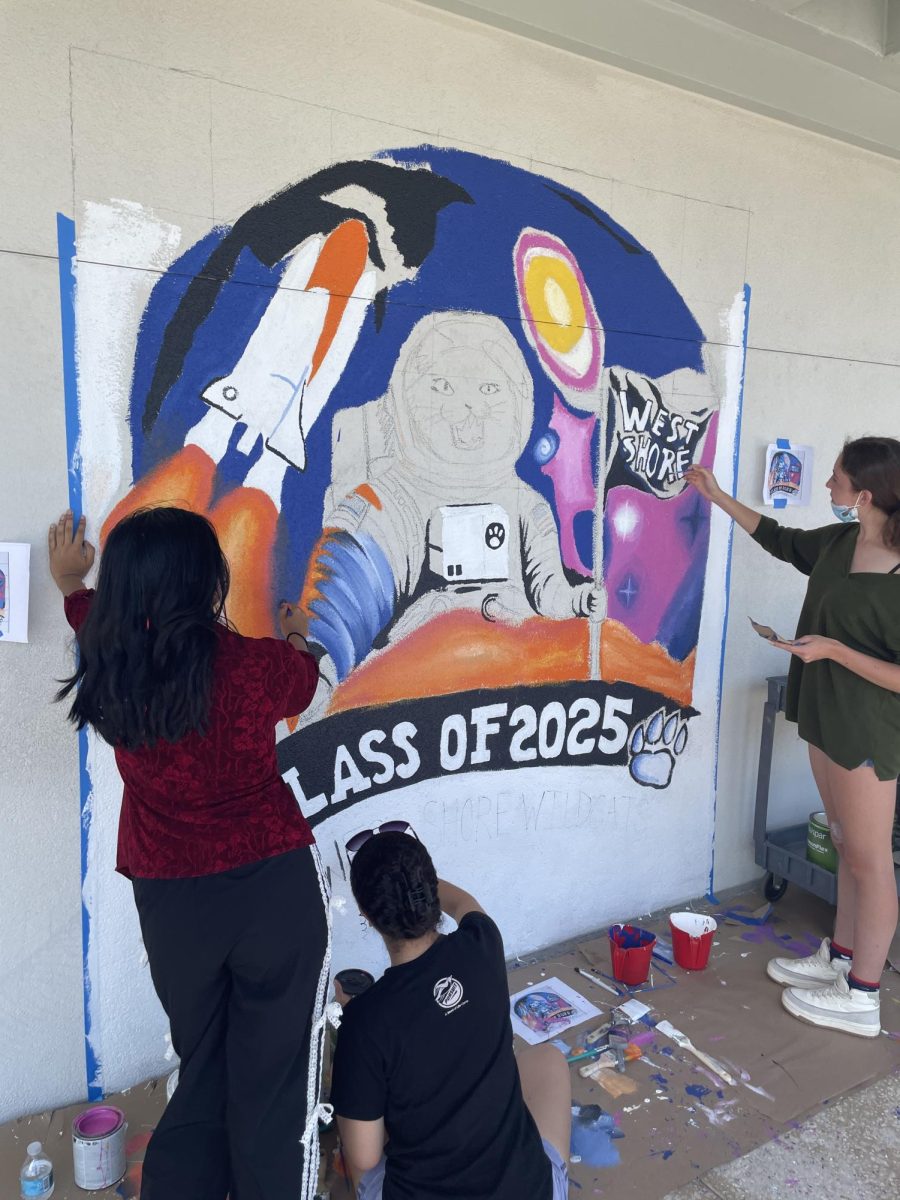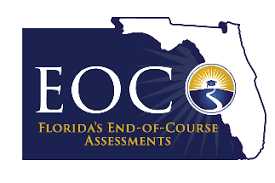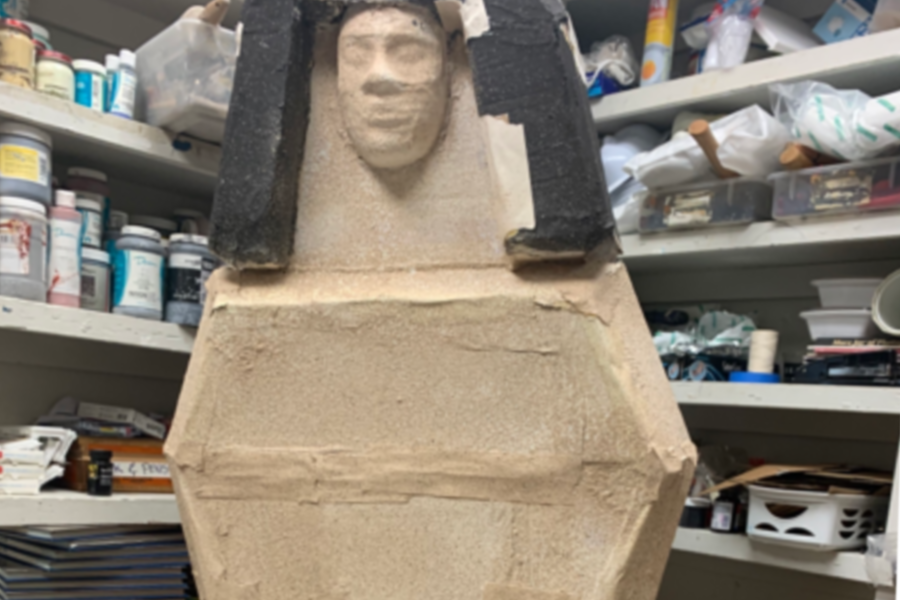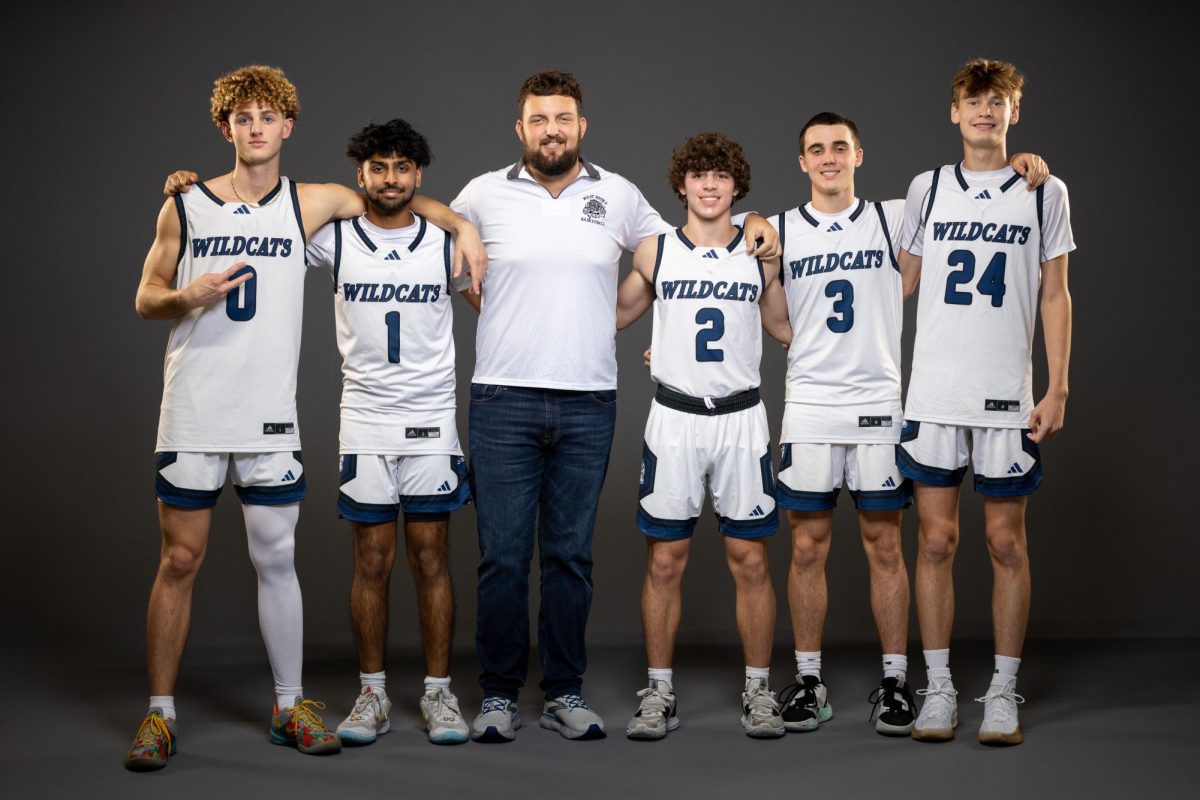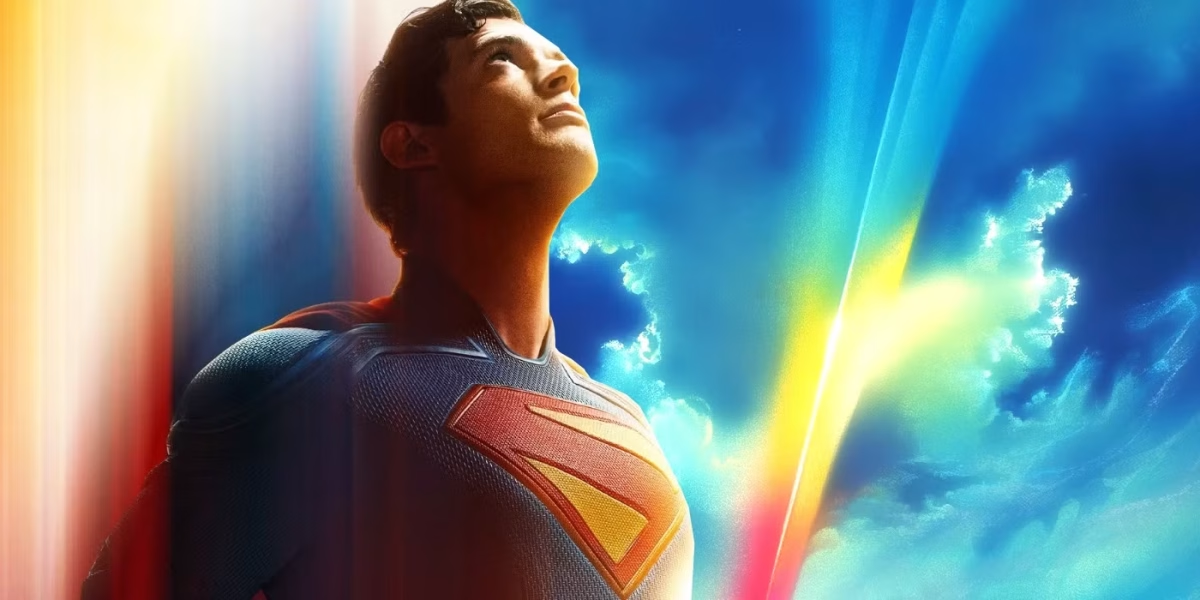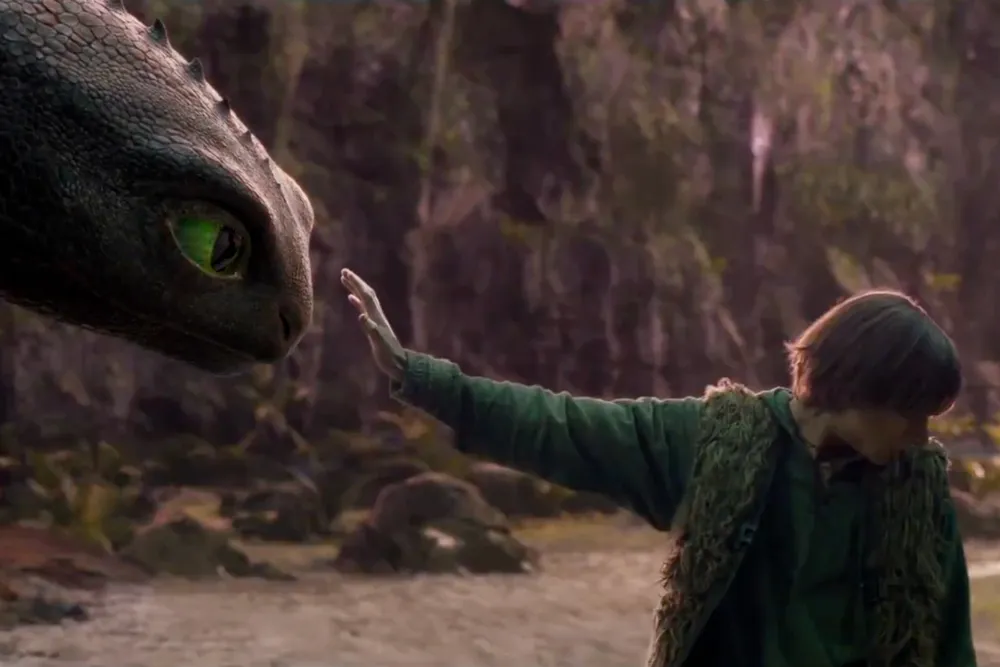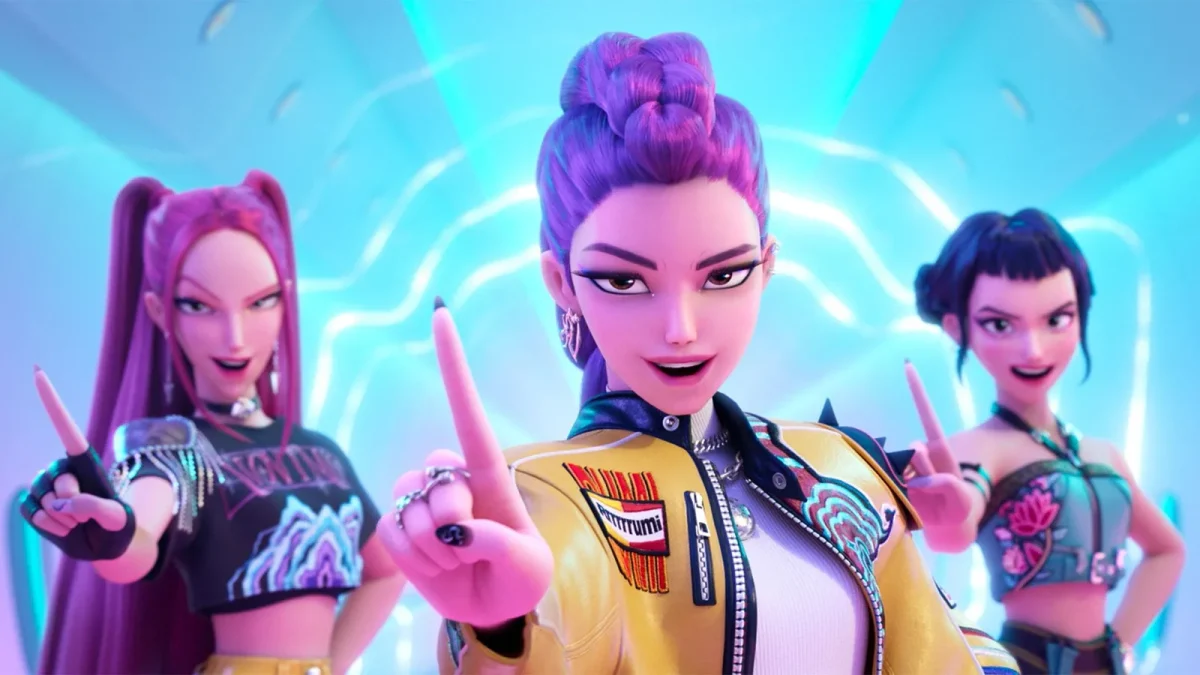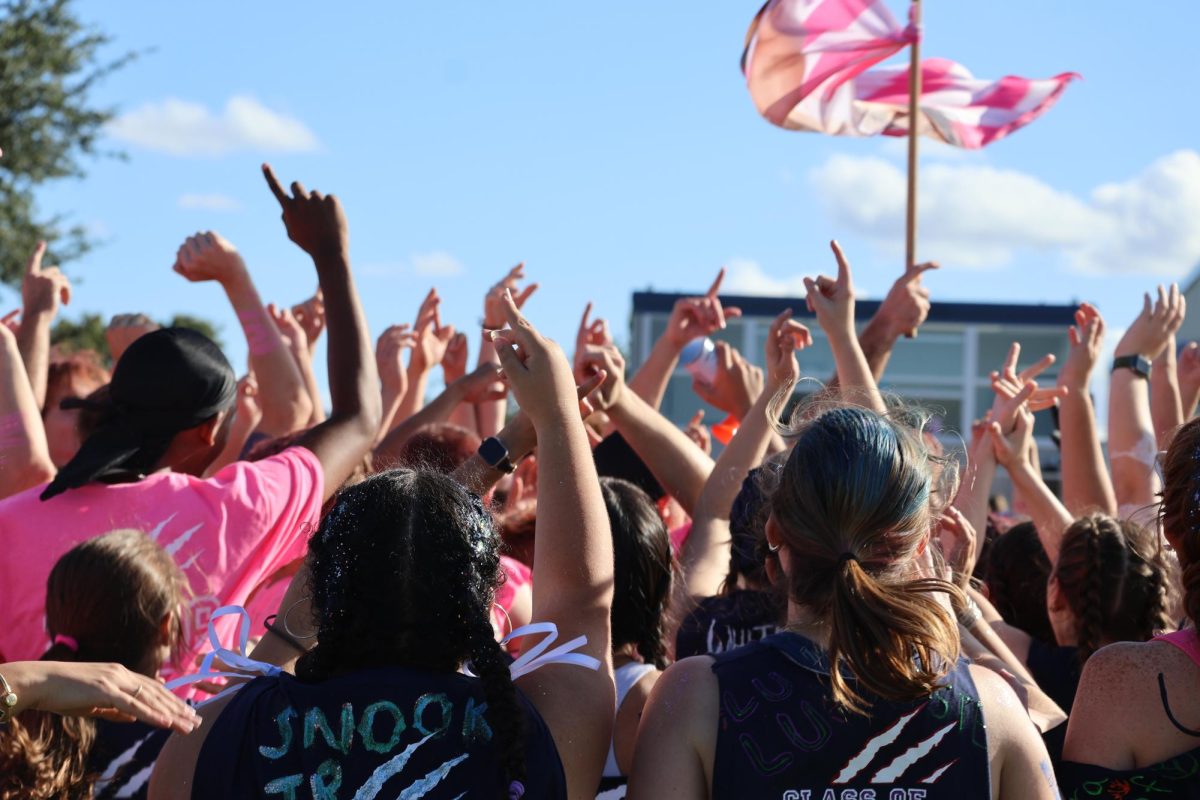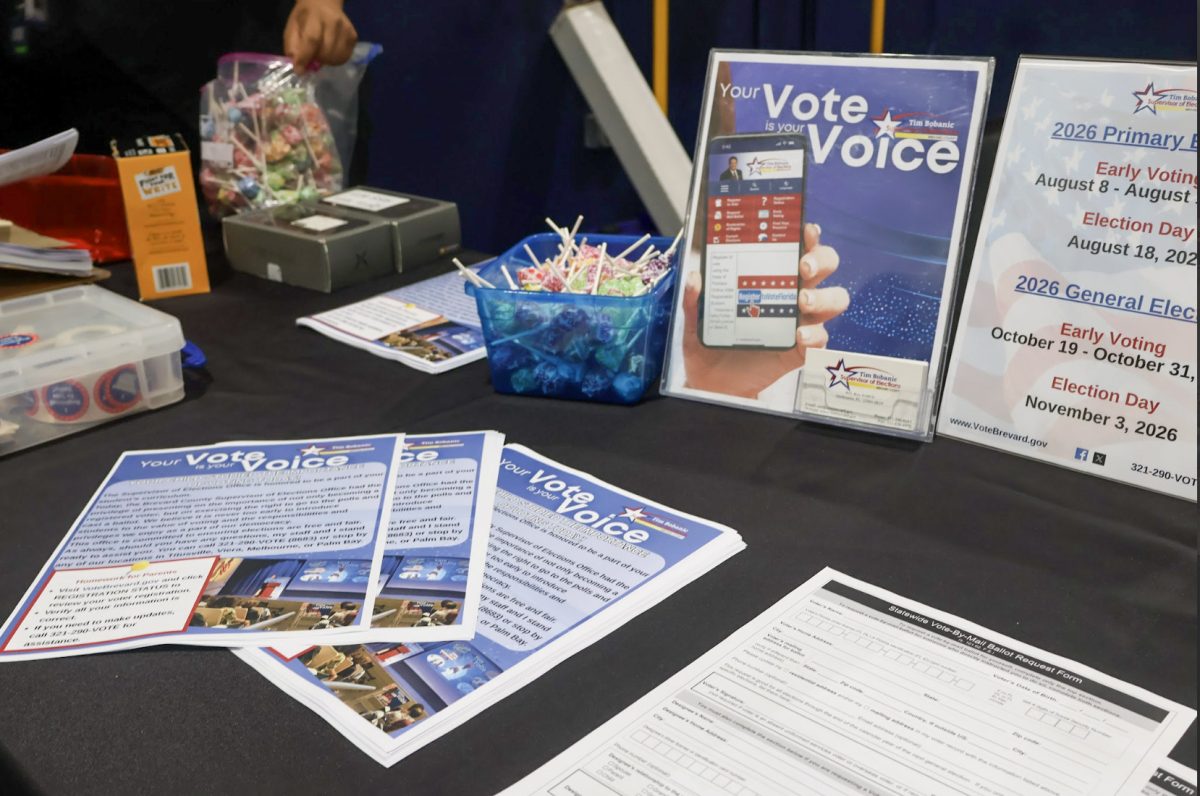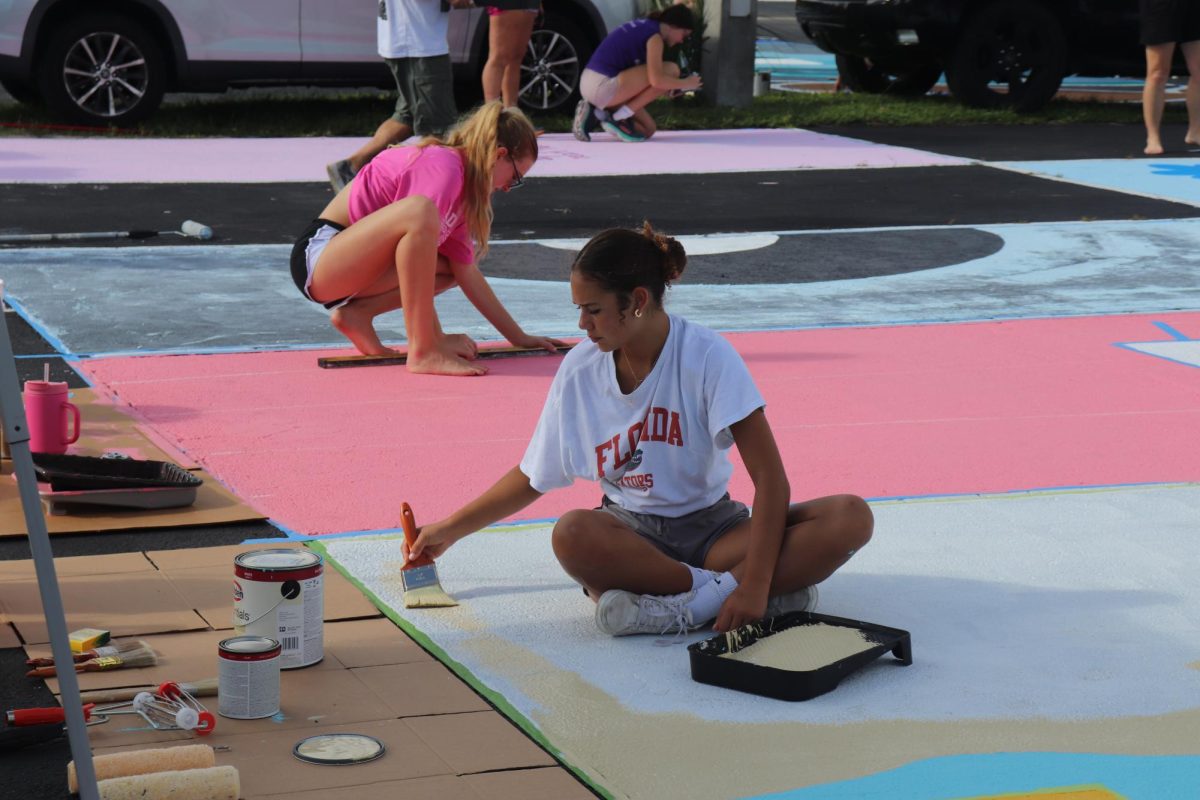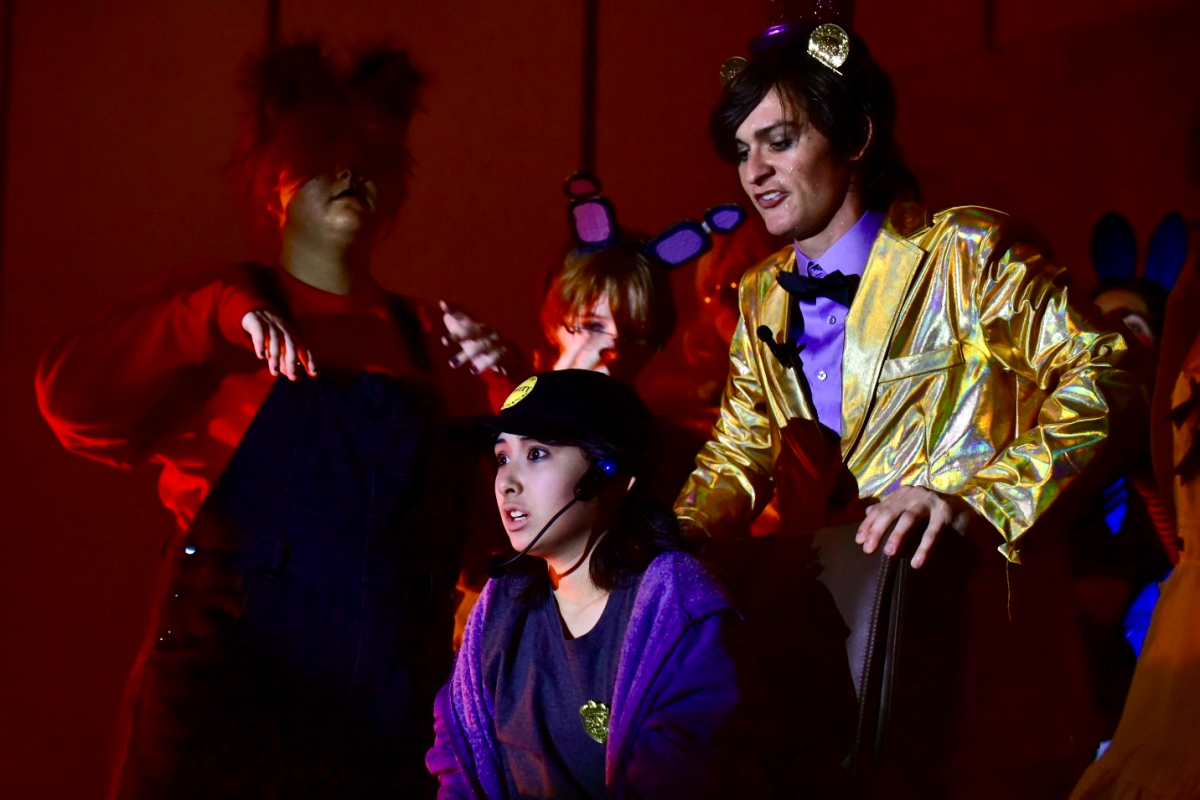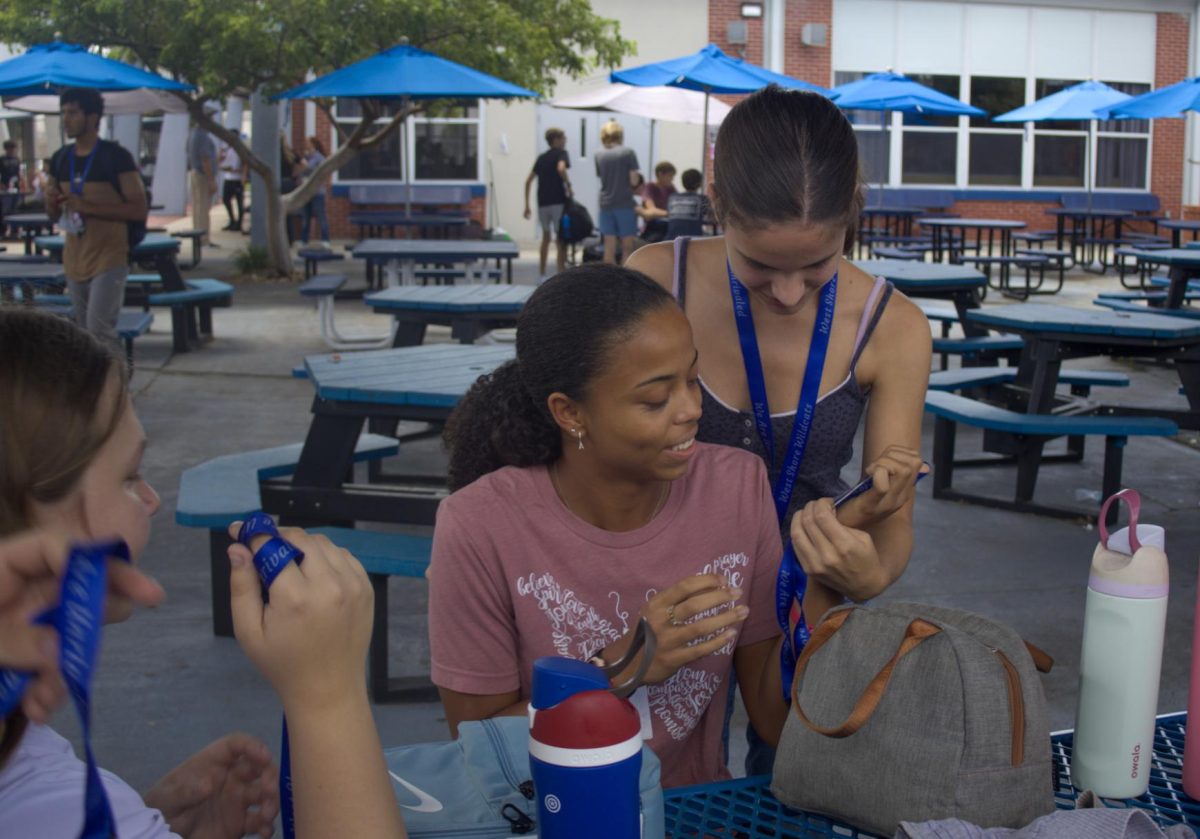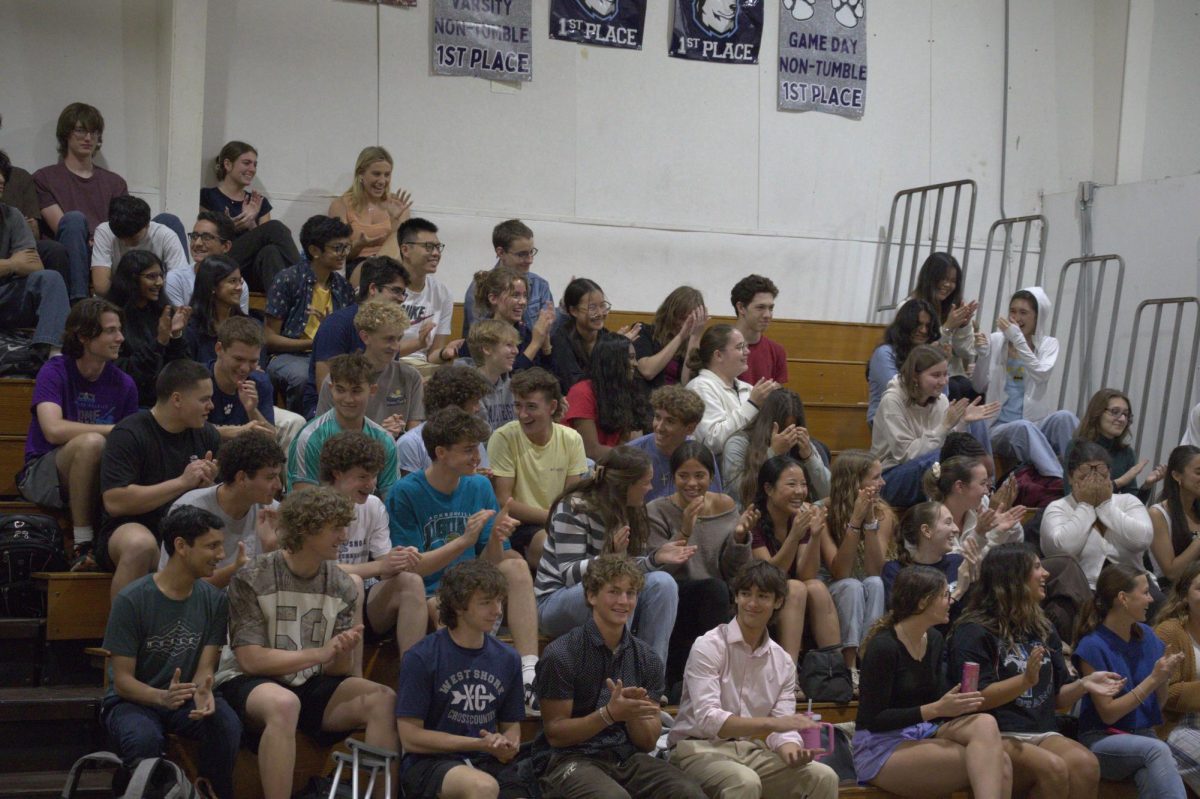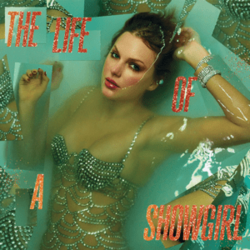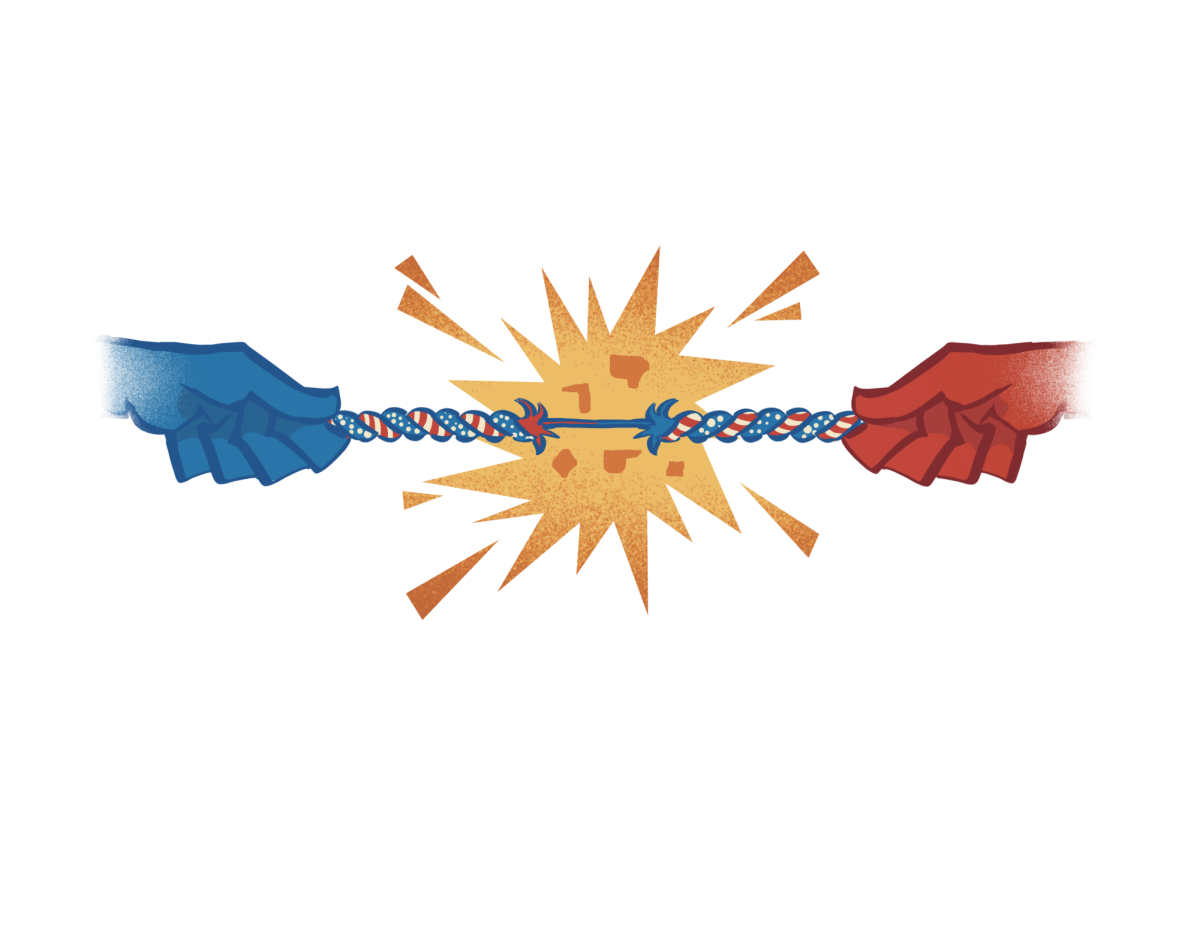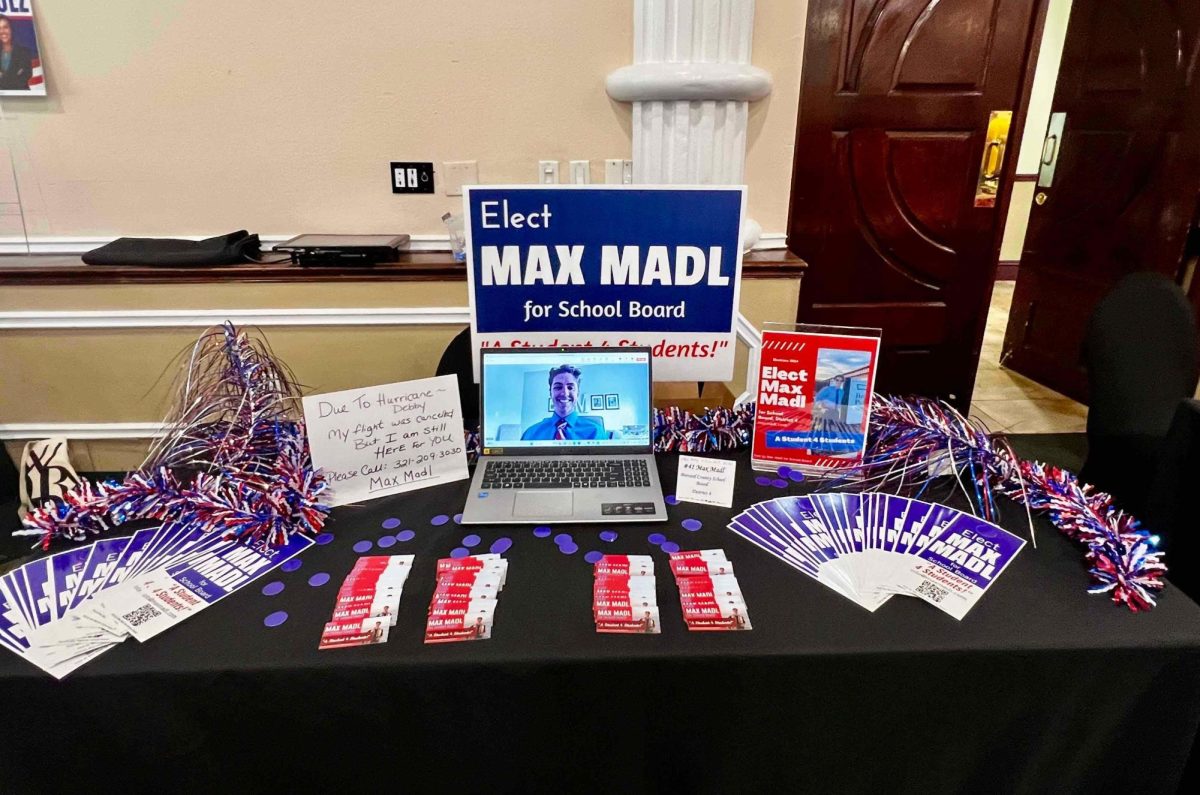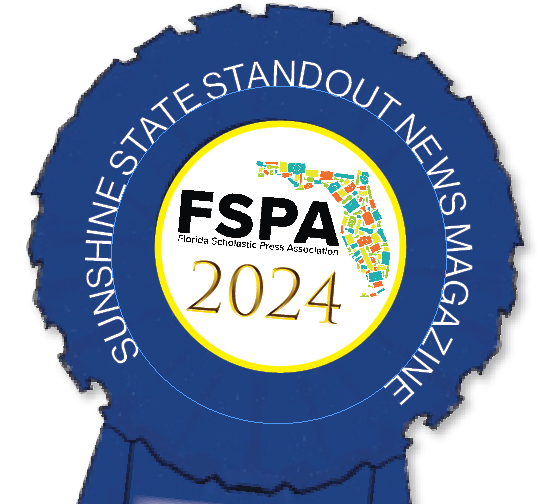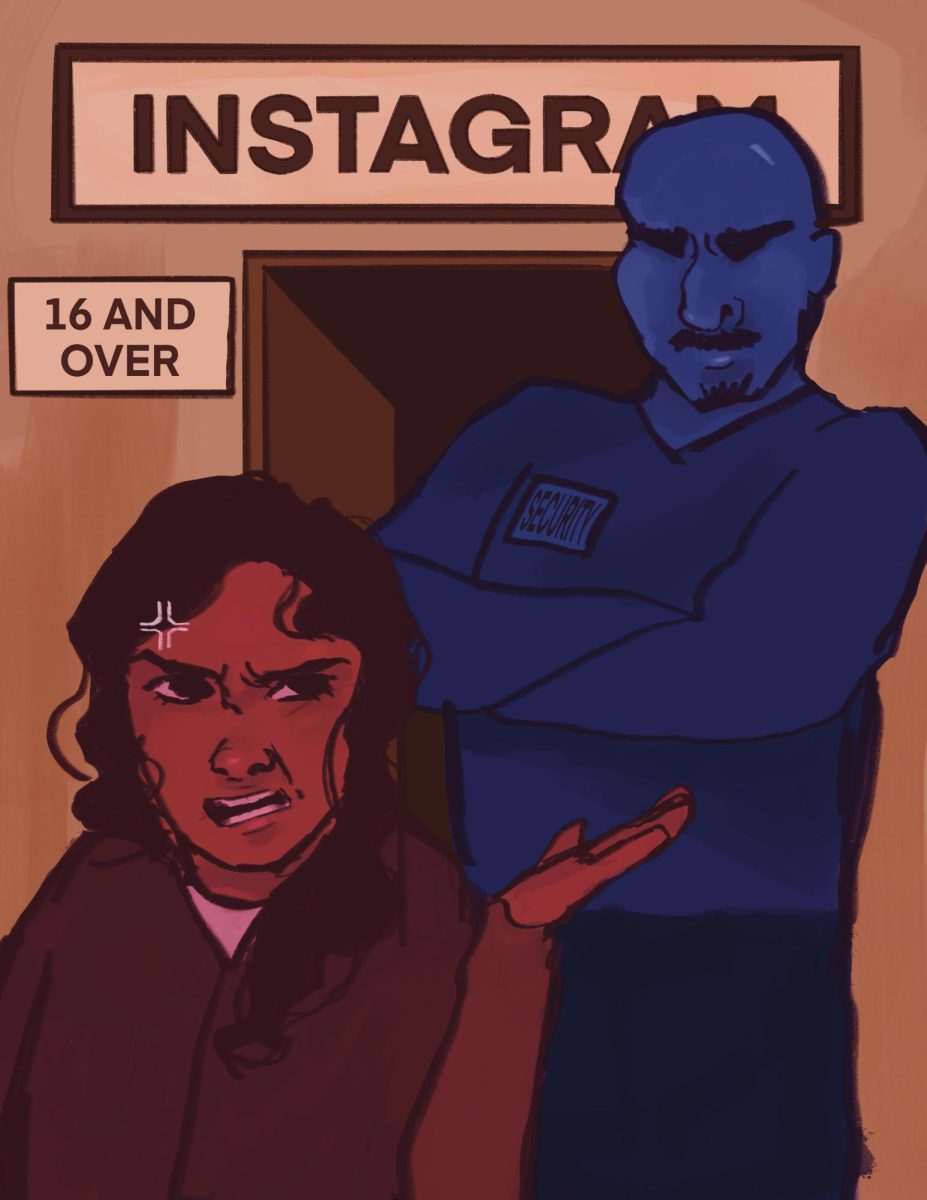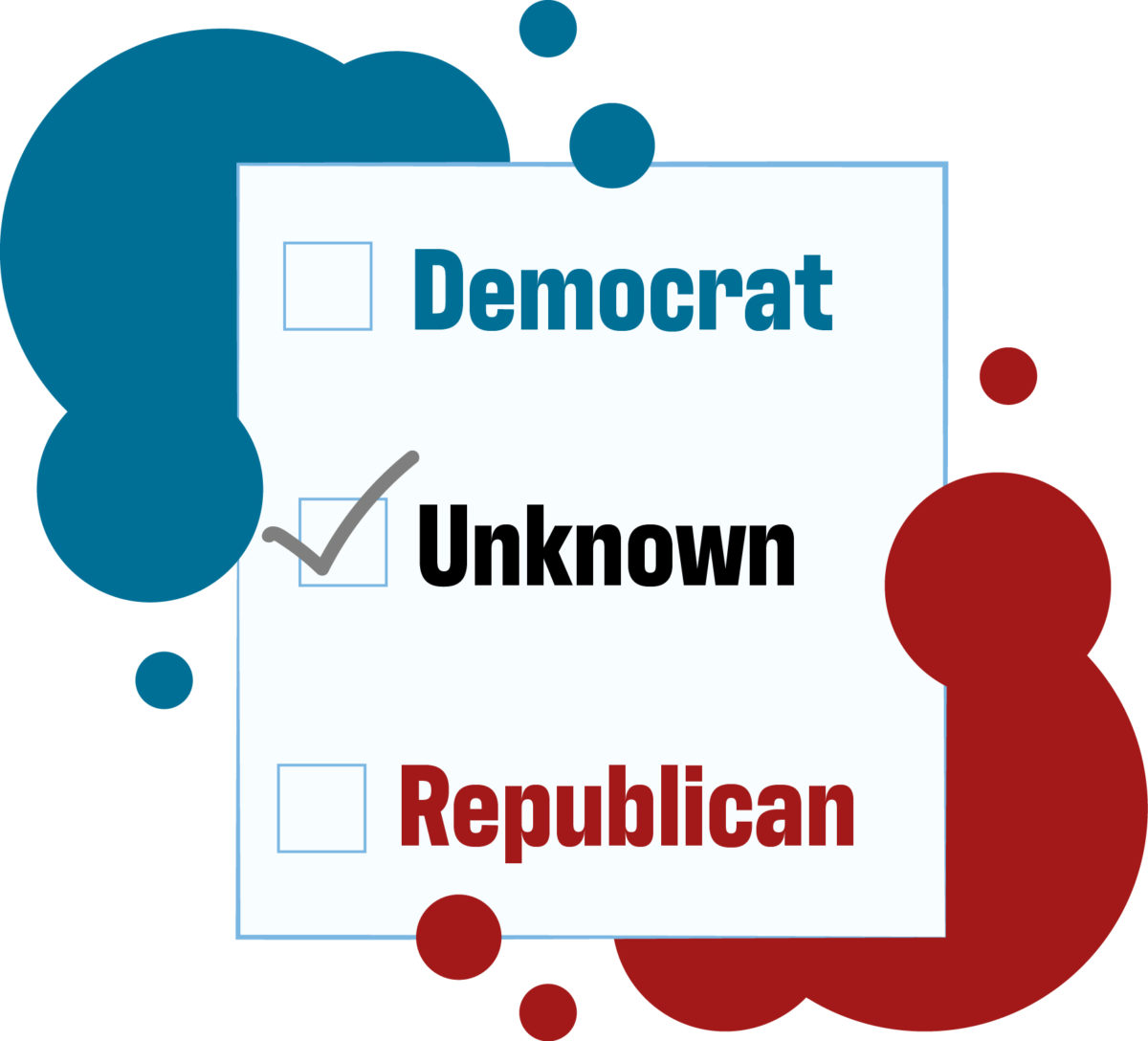In light of the recent Republican Primary debate, some West Shore Seniors who plan to vote in the 2024 presidential election have begun thinking for the first time about their political ideology and what party they will register to associate with. For students entering the realm of elections, the sheer aggressiveness that America’s two major parties display to each other can be overwhelming and confusing for new voters. The first question that might come to mind is: “How did it get this bad?”
The political divide between Americans is immense. It remains an obstacle that prevents national unity and cooperation, just as it has for hundreds of years. However, the issue today is that polarization in America is far more extreme than it was 30 years ago. Recently, the results of polarization have been seen ever more clearly: a decrease in respect for elections, growing distrust with the other side of the political spectrum, and political violence such as the Jan. 6 insurrection.
Indeed, according to the Pew Research Center, for each party, the share of people with highly negative views of the other party has more than doubled since 1994, and today, 47 percent of Republicans view Democrats as more immoral than other Americans, while 35 percent of Democrats feel the same way about Republicans.
Since the 1900’s, polarization has not been nearly as bad as it is today. In fact, according to the New Yorker, in the nineteen-fifties, the political parties were barely distinguishable. During this time, women, men, Catholics, union workers, white Americans, African Americans, and other minorities were practically evenly distributed between the two parties, and political bipartisanship was much more achievable than it is today.
In the mid-1950s, polarization began to increase as events such as Roe V. Wade served to make the G.O.P. more Christian and conservative, while minorities began flocking to the Democrats. In the 1990s’ political associations began influencing what radio a person would listen to or what channels they would watch. Coincidentally, MSNBC and FOX News were both created in 1996, and right from their birth, they were obviously partisan news channels: MSNBC leaning left, and FOX leaning right. This sudden partisanship in the media was unheard of as for most of the 20th century, news media was mostly free of bias. This new bias served to increase the alienation of opinions between the two opposing parties, and going into the 21st century, the ball of American polarization had begun rolling.
The first significant boom of polarization in the 21st century came with the advent of social media, especially Facebook, which was a revolutionary platform where hundreds of millions of people had access, like never before, to unfiltered content. The app soon became a hotbed for political discussion as well as political misinformation, and many began to look to Facebook for political news. In fact, according to the Pew Research Center, in 2015, 61% of millennials and 51% of Generation X obtained their news about politics from Facebook. After the 2016 election, the effects of Facebook on the political divide became apparent as Facebook came under heavy scrutiny for the spread of political disinformation and hate-based content on the site. According to a study by Mathew Hindman, a professor of media affairs, 25% of political posts on Facebook were misinformative in nature, 12.5% were on Instagram, and 20% were on TikTok.
Facebook, Instagram, and TikTok have adapted their algorithms to support content that provokes emotional responses among viewers, a disastrous decision that promotes extremely negative political coverage. Generally, the posts that generate the most emotional responses are politically aggressive, increasing the political divide as each party has realized the best way to gain views is to increase their negative coverage of the other side. The algorithms also confine what one views to what they are in political agreement with. A study by Facebook researchers showed that only a quarter of Democrats see Republican posts on their feed and vice-versa.
Ignorance of the other side’s reasoning has led to a demonization of the opposing party’s members and a greater association with one party specifically. The algorithms’ effects on viewers have proved to push people decisively into one of the two parties; in 2017, according to Pew Research, 38 percent of Democrats were consistently liberal, up from just 8 percent in 1994.
Entering the political world in this day and age can be confusing for many young people. It’s become increasingly easy to fall into polarizing pipelines; biased media is a constant presence, and it seems like everywhere you look, everybody is mad about something. Despite these flaws in the American news system, avoiding media and politics altogether is not the solution. It is essential to stay informed, and it is an American’s responsibility to vote in an educated manner. So, how do you avoid the bad aspects of news media and still stay informed? The simple answer is that you can’t. There is no avoiding what is unavoidable. However, it is absolutely possible to selectively pick out fact from fiction when viewing biased material. The trick is to keep an open mind, look at the news from both sides of the spectrum, and develop your own opinions after the fact.
It is unacceptable that such care is needed to obtain reliable information, but that is the sad reality of today’s political world. In order to lessen political polarization, one generation needs to step up and take the lead, collectively denouncing fake news and ignoring biased political content. Boomers, Gen X, and Millenials have all failed to alleviate polarization, so the monumental task of fixing the problem has fallen on the shoulders of Gen Z. I believe this incumbent generation has what it takes; growing up surrounded by social media has desensitized us to aggressive content and increased our perception of falsehoods on the internet. As Gen Z increasingly enters the voting realm, it will become apparent whether polarization continues to worsen or if the generation takes a stand against extremity. I remain hopeful.

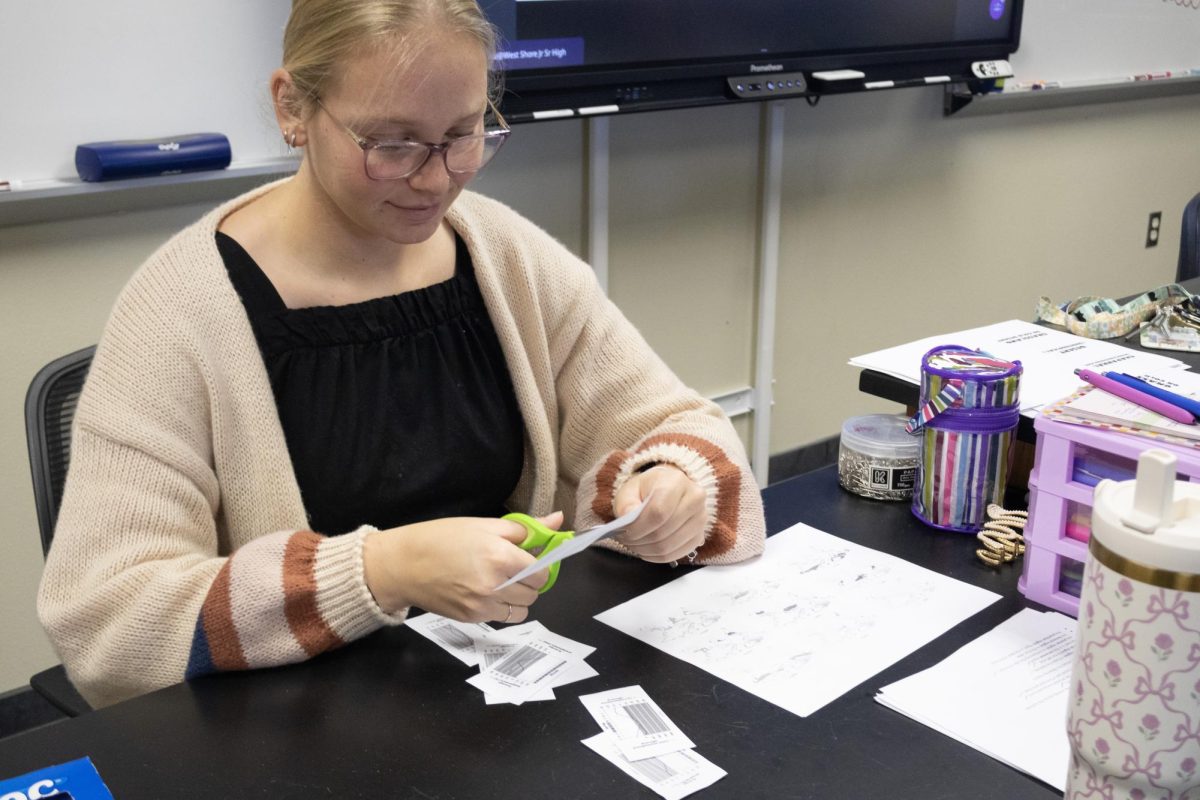
![Sophomore Isabelle Gaudry walks through the metal detector, monitored by School Resource Officer Valerie Butler, on Aug. 13. “I think [the students have] been adjusting really well," Butler said. "We've had no issues, no snafus. Everything's been running smoothly, and we've been getting kids to class on time.”](https://westshoreroar.com/wp-content/uploads/2025/08/IMG_9979-1200x800.jpg)
